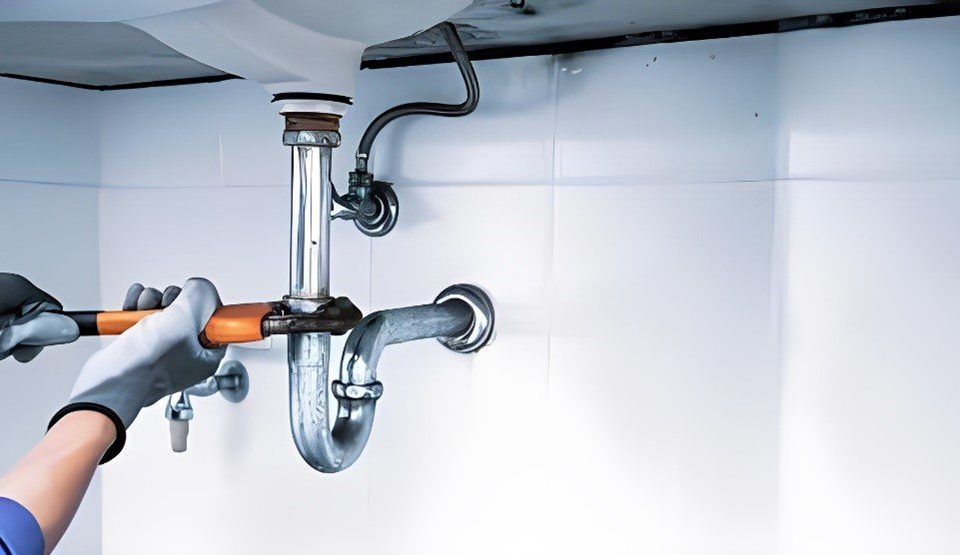How to Make Your Home So Comfortable You Never Want to Leave
October 7, 20157 Surefire Ways to know that your Household is ready for Winter
October 10, 2015As temperatures drop, thermostats rise and we all start to spend more time indoors. Unfortunately, it’s a well known fact that the frequency of house fires during fall and winter months increases. Fires can start from a variety of causes including faulty wiring, cooking, smoking and heating equipment – but not to worry, National Fire Prevention Week starts Monday October 4th, and just in time!
In 1920, President Wilson proclaimed October 9th to be National Fire Prevention Day in the U.S. to commemorate the devastating Great Chicago Fire that killed 250, destroyed more than 17,000 buildings and left 100,000 people without homes. Thus, National Fire Prevention Week is observed the entire week in which that day falls to help raise awareness. With house fires becoming a bigger threat to homeowners this time of year, we are sharing some tips on how to better fireproof your home!
Have and Check Smoke Detectors Regularly
Roughly half of home fire deaths result from overnight fires when most people are asleep – so fitting is this year’s theme of “Hear the Beep Where You Sleep.” Every sleeping area, kitchen, living room, basement, and attic should have a working smoke alarm. Carbon monoxide or smoke/CO alarms are required if there are fuel-burning appliances, and combo ionization and photoelectric alarms are best at detecting all fire types. Check detectors every other month, and replace batteries twice a year.
Cook Carefully
Kitchens are the most common location of house fires, with most starting within the first 15 minutes of cooking. It’s important to never leave cooking food unattended on your stove and check your oven regularly when in use – especially if using oil, butter or other flammable materials. Keep your stove and oven clean, and avoid setting things that can catch on fire like wooden utensils and oven mitts on a stovetop. And most importantly, remember if you have a kitchen grease fire, do not put water on it – instead try to smother it with a lid if it is small and safe to do so.
Consider a Security or Home Automation System
Installing a security system or home automation system can take home fire protection to the next level! Many alarm/automation services provide 24/7 monitoring of smoke and carbon monoxide alarms and other sensors that might indicate an emergency situation from a gas leak or abnormally high temperatures. Even better, these systems allow you to monitor your home from your smartphone wherever you may be and will send alerts directly to your device should something happen. Fire department and other first responders can also be notified instantly so you can concentrate on getting your family to safety while someone is on their way to assist you.
Have Fire Extinguishers on Hand

Keep an Eye Out for Faulty Wiring and Outlets
Always keep an eye on the electrical cords and outlets around your house, checking specifically for signs of fraying and replace any found that have frayed wires or are worn out. If you have pets that freely roam the house, also check for bite mark that may have puncturing cords. Be careful not to cover electrical cords with a rug or pitch with furniture, and try not to overload your circuits. And as a bonus, if you’re thinking about moving into a new house, consider having your home’s electrical system inspected by a licensed electrician for any faulty wiring.
Carefully observe alternative heating sources (space heater, fire place)
Heating equipment fires are second to kitchen fires in frequency. Avoid using old space heaters that may not be up to current safety standards, and keep space heaters well away from 
On a similar note, make sure to have your chimney cleaned before you really start using it this season, and don’t burn materials that are likely to spark chimney fires like boxes or trash!
Have an Escape Plan
And as a last resort, it’s always a good idea to have an escape plan in place to ensure your family’s safety. Sit down and talk with your family to prepare a plan so you will be prepared should an emergency situation arise. Make sure children understand how to get out safely and pick a meeting spot out in front of the house. Review fire do’s and don’ts with everyone, and most importantly, always observe the rule “Once Outside, Stay Outside.”
When that fall nippiness tingles your nose, remember National Fire Prevention Week and take these tips to mind – now is the time to inspect and prepare your home against the life-threatening danger of a house fire. Take the time this season for educating yourself and your family about fire facts, how to avoid fires, extinguish them and how to escape should the worst happen. Stay warm, but stay safe!









